





0
Last week, the market's reaction to tariff threats was noteworthy, with the resurgence of the topic of TACO trading. This phrase, "Trump always chickens out at the last minute," suggests that some investors are beginning to be wary of tail risks in the Sino-US trade relationship (characterized by "low probability, high impact"), given that several of Trump's recent tariff threats have been ignored by the market. China, supported by demand from other regions and its high-value export sectors with less reliance on the US market, has demonstrated strong resilience to US tariffs.
In addition, US President Trump and Russian President Vladimir Putin unexpectedly agreed to a new summit on the Russia-Ukraine conflict. This move, which comes as the US is considering providing long-range Tomahawk missiles to Ukraine, has sparked speculation about a potential shift in US military aid policy toward Ukraine.
This meeting may create expectations of a brief "peace window" in the crude oil market, which is likely to suppress oil prices in the short term. Oil prices continued their decline last week, with US crude oil hitting a new low since early May. Trading logic in the crude oil market will rapidly shift between this "dawn of hope" and the "harsh reality," potentially increasing volatility. The market needs to closely monitor the final decision on the Tomahawk missiles, which will be the next most direct indicator.
Regardless of the cause, the tariff news, along with the US-Russia agreement to hold a new summit on the Russia-Ukraine conflict, has led to a decline in US stocks and short-term yields, a surge in gold prices, and a weakening of the US dollar. This suggests that investors believe further tariffs will prompt the Federal Reserve to adopt more accommodative policies.
On the other hand, the current situation in the US is already dire: high valuations, concerns about an AI bubble, the US government shutdown, and the continued deterioration of relations between Washington and Beijing. Concerns about regional banks (with two US banks collapsing in quick succession) have exacerbated the situation. Zions Bancorp disclosed a $50 million loss on two loans at its California branch in the third quarter. This plunge in bank stocks comes more than two years after the collapse of Silicon Valley Bank (SVB) in 2023. At that time, the Federal Reserve's high interest rate policy led to paper losses on banks' bond holdings, triggering a deadly bank run that brought down Signature Bank within days.
Last Week's Market Performance Review:
Last week, a double whammy of positive news ignited market sentiment: the easing of US-China tariffs coupled with resurgent credit concerns fueled a rebound in the Dow Jones Industrial Average of over 200 points. Following a sharp drop in regional bank stocks, US stocks rebounded, closing higher as investors sought to move beyond concerns about credit risk. The Dow Jones Industrial Average rose to 46,190.61, the S&P 500 rose to 6,664.01, and the Nasdaq Composite closed higher at 22,679.98.
Gold fell more than 2% on Friday to around $4,186 per ounce, retreating from its all-time high of $4,379.80 reached in the previous session. Investor concerns over escalating US-China trade tensions have eased. This rush to buy physical gold is a key move by the BRICS countries to establish a parallel financial system independent of US control, a trend further accelerated by the Western freeze on Russian assets. Gold has risen over 60% this year.
Silver prices fell over 4% to $51.920 per ounce on Friday, retreating from a record high of $54.680, as risk appetite improved and investors returned to the stock market after President Trump attempted to calm concerns about the US-China trade war. Despite the pullback, silver prices still rose over 3% this week, marking their ninth consecutive week of gains.
The US dollar retreated last week as traders reacted to the ongoing government shutdown and the Federal Reserve's dovish outlook. The US dollar index fell to a near two-week low of 98.03. This was after President Trump stated that high tariffs on Chinese goods would not remain in place for long. These comments suggested a possible thaw in US-China trade relations ahead of his upcoming meeting with Chinese President Xi Jinping.
The US dollar index is hovering near the psychological level of 98.00, which coincides with a previous demand zone that emerged in late September. The relative strength index (RSI) is near 30, indicating oversold conditions and suggesting a potential short-term rebound. However, if the index fails to reclaim the 98.68-99.00 range, it could fall further to 97.47 and 97.02.
EUR/USD fell heading into the weekend as the dollar pared earlier losses following President Trump's softening of trade rhetoric toward China. After reaching a daily high of 1.1728, the euro retreated from its high as risk appetite improved and the Federal Reserve remained cautiously dovish. It closed trading around 1.1655. The yen weakened against the dollar before the close of last week, with USD/JPY rebounding after falling to a two-week low in early Asian trading. With President Trump's softening rhetoric toward China, the dollar regained support, helping stabilize risk sentiment and driving broad dollar strength. USD/JPY traded around 150.58 at market close.
GBP/USD retreated after reaching a weekly high of 1.3471 on Friday, as Fed rate cut bets and the U.S. government shutdown dominated market sentiment. Meanwhile, President Donald Trump stated that high tariffs on China were "unsustainable." As a result, the US dollar rose, with GBP/USD closing above 1.3425. The Australian dollar remained strong against the US dollar last Friday as US President Donald Trump's dovish stance on China trade eased risk sentiment. Despite the stronger US dollar, the Australian dollar remained resilient, benefiting from Australia's close trade relationship with China. By the close, AUD/USD was trading just below the psychological level of 0.6500, rebounding from its intraday low of 0.6443.
Last week, a slight rise in oil prices could not hide a weekly decline: The IEA's warning of oversupply and easing geopolitical tensions exerted dual pressures. International oil prices closed slightly higher, but still recorded a weekly decline of nearly 3%. Brent crude oil spot prices closed down 1.14% for the week at $61.24 per barrel, while US West Texas Intermediate (WTI) crude oil fell 1.16% for the week at $57.24 per barrel.
Since the black swan crash on October 11, the market has been generally concerned about a second plunge, and just a few days later, another plunge occurred. On October 17th, Bitcoin experienced four consecutive daily declines from its rebound above $116,000, dipping to around $104,500 and within striking distance of its October 11 crash low of $102,000. Ethereum (ETH) was also affected, plummeting to $3,706, while Sol (SOL) plummeted to around $175, leading to widespread declines in altcoins.
The U.S. Treasury market is facing a combined impact from the data vacuum caused by the government shutdown and the sudden rise in regional bank credit risks. Although the short end of the overnight yield curve hit a new low for the year, volatility remained elevated, forcing traders to adopt a tactical wait-and-see approach around the 4.00% psychological barrier, a level that bulls and bears cannot compromise. Treasury yields plummeted sharply in the short term: the two-year Treasury yield briefly hit a new year-to-date low of 3.376%, while the 10-year Treasury yield also quickly retreated from its high of 4.3936%.
This Week's Market Outlook:
This week (October 18-24), following last week's tariff threats, the market's reaction to tariff threats will be noteworthy, with the topic of TACO trading resurfacing. Given that Trump's recent tariff threats have been dismissed by the market, this reaction suggests that some investors are beginning to be wary of tail risks in the Sino-US trade relationship (characterized by a "low probability, high impact" core characteristic).
Six months have passed since "Reciprocal Tariff Day," and current data suggests a volatile job market and muted inflation. This view will be validated this Friday, with the release of some official US data. Due to the ongoing government shutdown and data gaps, investors should be particularly cautious of these data.
On the other hand, while the US government shutdown may still result in some data gaps, a series of major global economic data sets, a flurry of speeches by central bank officials, and high-level international conferences will be released. From core data such as China's GDP and retail sales figures to the delayed US CPI, from the G30 meeting to the APEC Finance Ministers' Meeting, each event has the potential to impact market sentiment. Investors should focus on the discrepancy between policy signals and data expectations and proactively prepare for volatility.
As for this week's risks:
Tariffs have returned to the forefront of the market and will dominate this fall. Investors should closely monitor related developments to prepare for potential market volatility.
Market sentiment on Wall Street is subdued, with recession fears looming. Various ominous signs are emerging: concerns are resurfacing among regional banks, signs of strain are emerging in US funding markets, and the opacity of the private credit market is making investors uneasy. Market volatility is increasing, with stocks continuing to fall and oil prices declining, while gold prices remain strong.
Trump's tariffs are pushing the Fed into a corner; exerting downward pressure on the US dollar.
According to the Federal Reserve's Beige Book report released mid-last week, US President Trump's tariffs are driving up inflation across the board, and businesses are facing the dilemma of either absorbing the costs or passing them on to consumers. This, combined with weakening economic growth momentum and weak consumer demand, creates the risk of stagflation, posing significant challenges for the Fed's policymaking.
If interest rate hikes are slowed to maintain growth, the US dollar's interest rate advantage will be weakened, exerting downward pressure on the dollar. The report's picture of weak demand offsets some of the positive impact from inflation, further uncertainizing the outlook for the dollar.
However, the tariffs implemented by Trump in April and gradually increased in subsequent months have already had an impact on prices. The report stated: "Prices have risen further during this reporting period. Many jurisdictions reported tariff-induced increases in input costs, but the extent to which these higher costs are passed through to final prices varies."
Trade frictions have intensified in recent days, fueled by Trump's threat to impose 100% tariffs. The report was released at a time when economic data is scarce as the government shutdown enters its third week.
The shutdown and delayed release of key economic data have made it difficult for markets and the Federal Reserve to accurately assess the economic situation. This uncertainty can lead to cautious trading and undermine the credibility and effectiveness of the Fed's policy decisions, which generally has a negative impact on the country's currency.
The Beige Book reported that consumer spending has declined slightly in recent weeks, but noted "strong" spending on luxury goods and travel among high-income earners. Meanwhile, middle- and low-income earners sought discounts and promotions. Some jurisdictions have shown improved outlooks, though Philadelphia reported caution about a prolonged government shutdown.
This suggests that weak demand is beginning to constrain businesses' pricing power. If businesses are unable to pass on costs to consumers, their profit margins will be squeezed, potentially dampening future investment and hiring, which in turn will weigh on long-term economic growth and pose a potential negative impact on the US dollar.
Gold prices continue their upward trajectory, and a potential surge to $5,000 within the next year is not a dream.
Last week, gold prices hit several new all-time highs, reaching $4,186.80 per ounce. Although they briefly retreated below $4,100 during the session, bargain hunting quickly helped prices resume their upward trend. Concerns about international trade, the US government shutdown, geopolitical tensions, and shifting monetary policy are expected to fuel further price increases, with the market already targeting prices above $5,000 by 2026. Gold has surged 57% so far this year. From its low at the beginning of the year to its current peak, it has witnessed the smoke of the trade war, the frenzy of central bank reserve accumulation, and the Federal Reserve's faint "dove" tone.
Looking back at its performance this year, gold has first cracked the $4,000 mark before hitting a low of $3,820 per ounce earlier this month, and its continued upward trend has made it a focal point of the capital market. Multiple factors are driving this surge, primarily geopolitical uncertainty. Trade friction has escalated again, with Trump threatening to impose 100% tariffs on Chinese goods and even levying port fees on each other's goods, affecting everything from holiday toys to crude oil. This tit-for-tat game not only shattered the brief weekend atmosphere of reconciliation but also shook the global supply chain, prompting investors to seek refuge in gold.
Conversely, strong buying by central banks is in full swing. Emerging markets such as Russia, India, and China are accelerating their de-dollarization efforts, viewing gold as a hedge against the dollar's hegemony. Data shows that global central bank gold reserves have surged by hundreds of tons this year, and this structural demand is acting as a stabilizing force behind gold prices. Furthermore, the continued inflow of funds into gold ETFs has only added fuel to the fire, with institutional investors increasing their allocations amid uncertainty, amplifying every fluctuation.
Market professionals' optimistic predictions: gold will head straight for $5,000 per ounce by 2026. This has added a significant layer of color to this gold market frenzy. The ongoing US government shutdown and expectations of further easing by the Federal Reserve are fueling the gold price. Driven by the global trend of de-dollarization and Trump's tariff policy, $5,000 will be within reach by the middle of next year. This prediction is not groundless, but rather a rigorous deduction based on data and logic. As the trade war escalates into a hidden danger of slowing global output, gold's safe-haven aura will only intensify.
In summary, the continued rise in spot gold prices is a milestone forged by the combined forces of safe-haven demand, the Federal Reserve's dovish shift, and a weakening US dollar. From the smoke of the trade war to the decline in bond yields and the dollar's decline in the foreign exchange market, gold prices are heading for higher peaks. In the short term, the international trade situation may be a key variable. If signals of reconciliation are released, gold prices may experience a correction; however, if friction escalates, the $4,250-4,300 mark will be easily surpassed.
In the long term, structural support from central bank buying and ETF inflows will make it possible for gold to reach $5,000 by 2026. However, the key lies in volatility. As experts have pointed out, this is not only a victory for prices but also a microcosm of the reshaping of the global economy. Of course, gold's journey will not be smooth. Short-term dives due to profit-taking remind investors that extreme market sentiment will always bring volatility, and investors should be wary of excessive optimism.
Silver prices have soared 75% this year, far exceeding gold's 57% increase, making it a focal point in the precious metals market!
Silver prices have soared over 75% this year, far exceeding gold's 57% increase, making it a focal point in the precious metals market. However, silver's rally is on shaky ground, primarily driven by expectations of Federal Reserve rate cuts and short-term capital inflows. In contrast, the silver market's smaller size and lack of central bank support make it far more volatile than gold.
Silver performed exceptionally well during the 2025 precious metals boom, surging over 75%, surpassing gold's 57% gain. According to LSEG data, silver prices hit a new all-time high of $52.670 per ounce in global trading last week. Gold also set a record, breaking through $4,000 per ounce before climbing to $4,132.20, driven by both expectations of a Federal Reserve rate cut and safe-haven demand.
President Trump's recent announcement of a 100% tariff on Chinese imports reignited the trade war and added fuel to the already heated precious metals market.
Silver may continue to rise in the medium term due to continued Federal Reserve rate cuts, but in the short term, volatility and downside risk are significantly higher than gold. Gold is the only commodity supported by structural central bank demand, while silver lacks this safety net.
Historically, silver and gold prices have moved in tandem, but in recent years, the two have diverged significantly. Since the freeze of Russian reserves in 2022, central bank gold purchases have surged fivefold, pushing up gold prices while silver has not. The current gold-silver ratio has risen from 84.7 last year to approximately 102, reflecting gold's advantages amidst high recession risks and slowing Chinese solar energy demand (which limits silver's industrial use).
Silver's widespread use in industrial sectors, such as solar panels, makes it more cyclical, making it less reliable as a safe haven than gold. Silver is not recognized in the IMF's reserve framework and does not feature prominently in modern central bank portfolios.
Furthermore, the market refutes the view that high gold prices could prompt central banks to shift to silver: central banks manage value, not weight. Gold reserves are passively held and not used operationally. Even if gold prices rise, central banks will likely reduce their holdings to maintain the dollar's value, rather than shifting to silver.
The silver market is only one-ninth the size of gold, making capital inflows more impactful on prices. Silver prices have surged over 35% since late August, driven in part by liquidity constraints triggered by inventories in London, the global hub for physical silver trading, falling to multi-year lows.
However, lacking central bank demand to support silver prices, silver prices are highly susceptible to fluctuations in investor sentiment. A slowdown in capital inflows, or even a temporary withdrawal, could trigger a sharp correction, easing recent tensions in the London market.
Silver acts like a "magnified" version of gold: it rises more sharply when macro risks boost demand for precious metals, but also experiences sharper declines when the market turns.
While silver performed strongly in 2025, its high volatility and lack of central bank backing make it far riskier than gold. Investors should be wary of the risk of a short-term correction, especially amidst growing global economic uncertainty. In contrast, gold, driven by central bank demand and its physical advantages, remains a more stable safe-haven option.
This week's conclusion:
Will Trump follow through on his promise to impose tariffs on China?
Market sentiment on Wall Street is subdued, with recession fears looming. Ominous signs are emerging one after another: regional banks are experiencing renewed concerns, US funding markets are showing signs of strain, and the opacity of the private credit market is making investors uneasy. Market volatility is rising, stocks are continuing to fall, oil prices are declining, while gold prices remain strong.
Will US President Trump follow through on his promise to increase tariffs? Most investors believe it's unlikely. However, if implemented, it is estimated that the average US tariff rate would rise to 31%, exceeding the level around "Tariff Day," a high rate that proved unsustainable.
Last week, the market's reaction to the tariff threat was noteworthy, with the resurgence of the topic of TACO trading. TACO trading is a popular investment strategy on Wall Street since Trump took office in 2025. TACO stands for "Trump Always Chickens Out," meaning "Trump always chickens out." Given that Trump's recent tariff threats have been ignored by the market, this reaction suggests that some investors are beginning to be wary of tail risks in the Sino-US trade relationship (characterized by "low probability, high impact"). China has demonstrated strong resilience to US tariffs, supported by demand from other regions and high-value export sectors less reliant on the US market.
Regardless of the cause, the tariff news led to declines in US stocks and short-term yields, and a weakening of the US dollar. This suggests that investors believe further tariff increases will prompt the Federal Reserve to adopt more accommodative policy.
In short, the tariff issue has returned to market focus and will dominate this fall. Investors should closely monitor these developments to prepare for potential market volatility.
Overview of Important Overseas Economic Events and Events This Week:
Monday (October 20): New Zealand Q3 CPI Annual Rate (%); Germany September PPI Monthly Rate (%)
Tuesday (October 21): New Zealand September Trade Balance (NZD billion); Australia ANZ Consumer Confidence Index for the week ending October 19; Canada September Unadjusted CPI Annual Rate (%)
Wednesday (October 22): Japan September Goods Trade Balance (JPY billion); UK September CPI Annual Rate (%); UK September Retail Price Index Annual Rate (%); US EIA Crude Oil Inventory Change for the week ending October 17 (10,000 barrels); ECB President Lagarde's speech
Thursday (October 23): UK October CBI Retail Sales Balance; US Initial Jobless Claims for the week ending October 18 (10,000); Eurozone October Preliminary Consumer Confidence Index; US September Existing Home Sales Annualized (10,000 units)
Friday (October 24): UK October GfK Consumer Confidence Index; Japan September National CPI Annual Rate (%); UK September Seasonally Adjusted Retail Sales Monthly Rate (%); Eurozone October Preliminary SPGI Manufacturing PMI; UK October Preliminary SPGI Manufacturing PMI; US September Unadjusted CPI Annual Rate (%); US October Preliminary SPGI Manufacturing PMI; US October University of Michigan Consumer Confidence Index Final Value; RBA Governor Bullock's speech.
Disclaimer: The information contained herein (1) is proprietary to BCR and/or its content providers; (2) may not be copied or distributed; (3) is not warranted to be accurate, complete or timely; and, (4) does not constitute advice or a recommendation by BCR or its content providers in respect of the investment in financial instruments. Neither BCR or its content providers are responsible for any damages or losses arising from any use of this information. Past performance is no guarantee of future results.
More Coverage
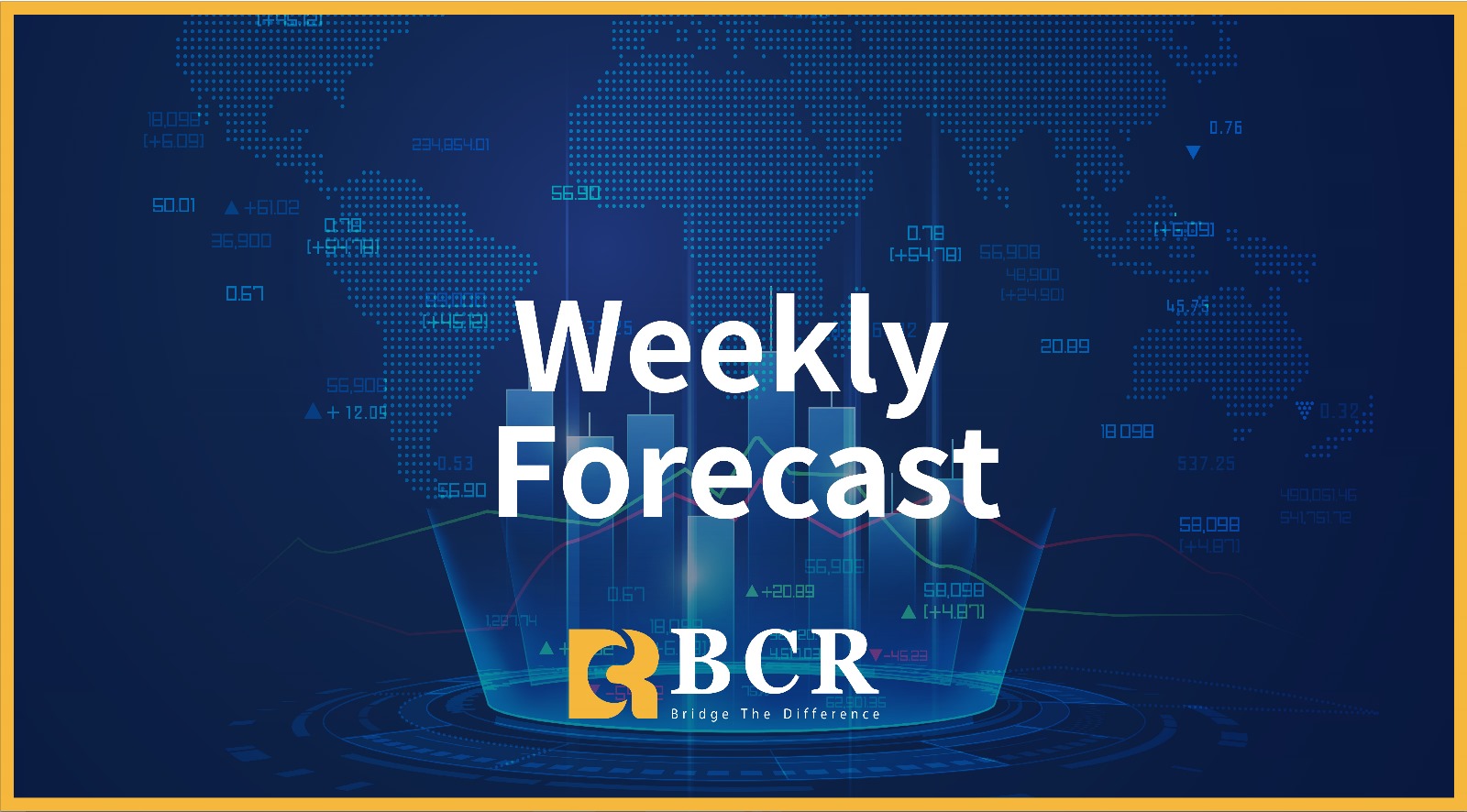
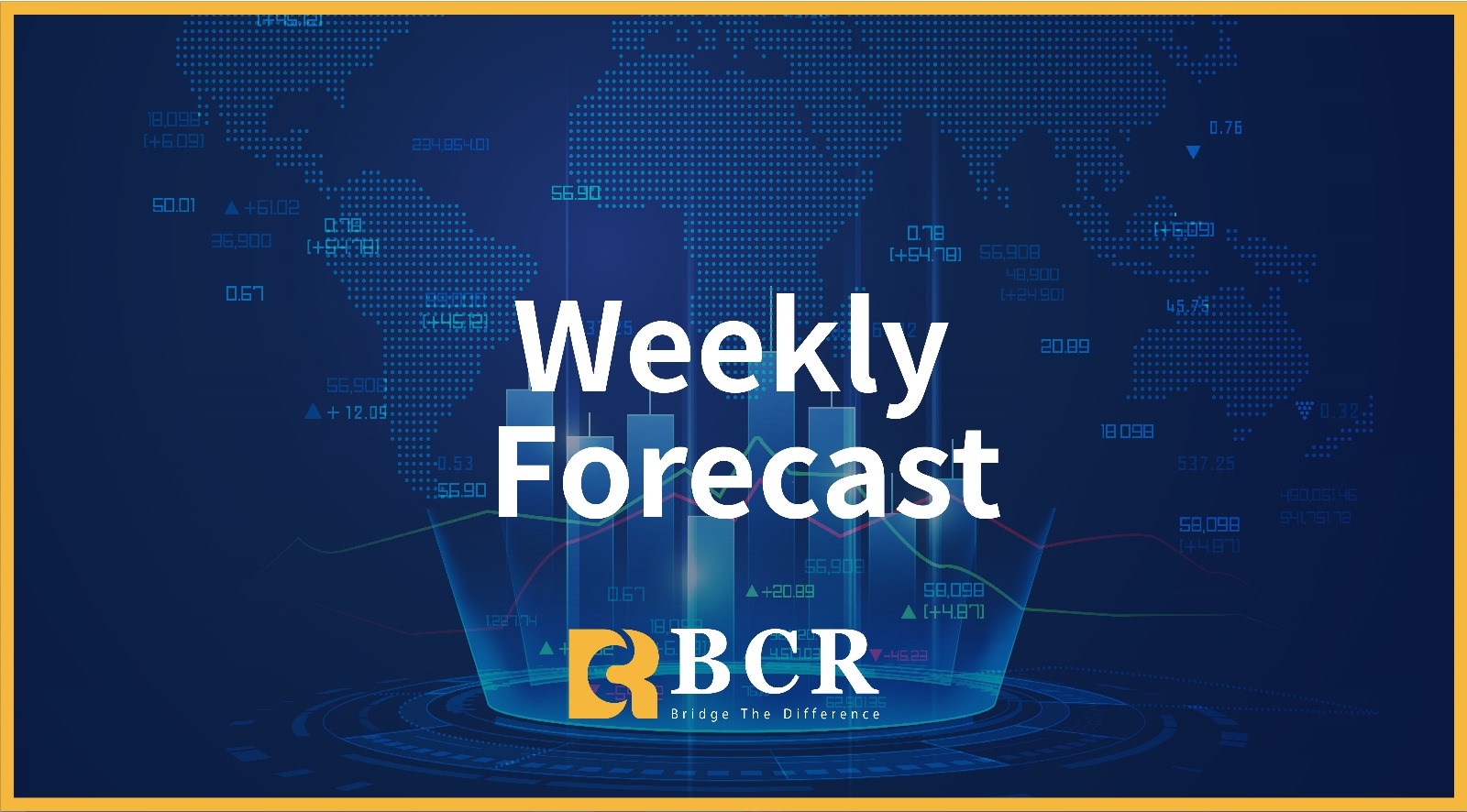
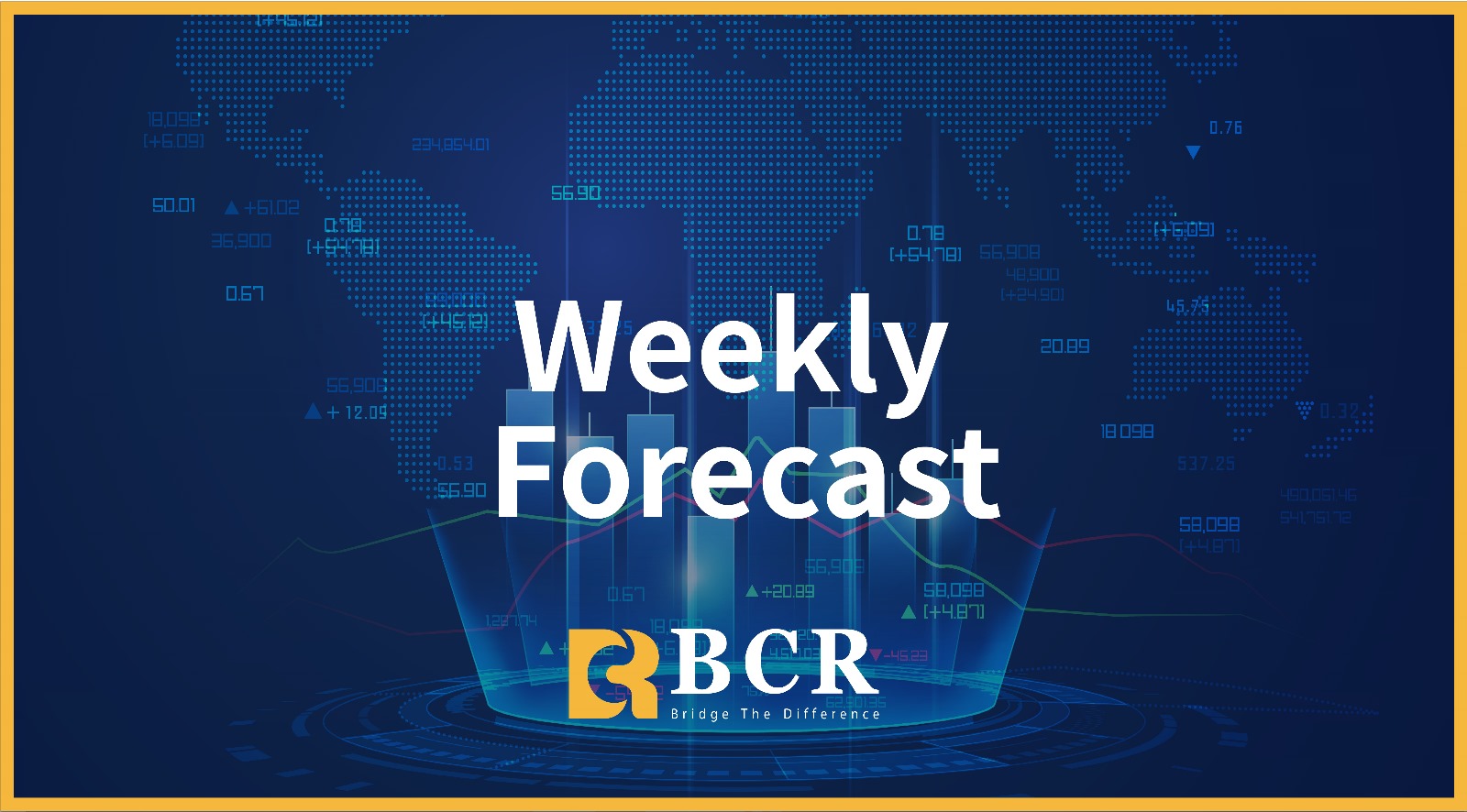
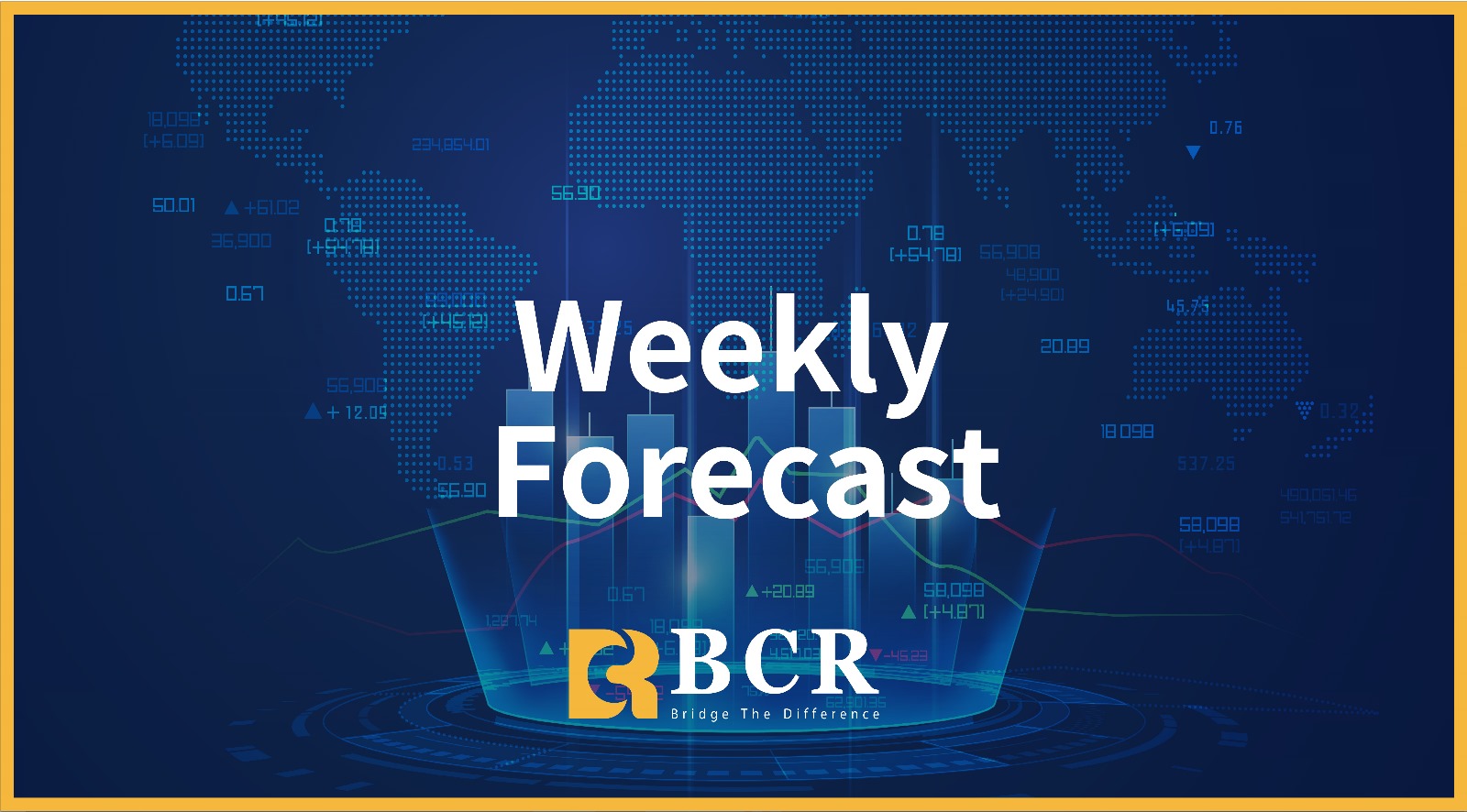
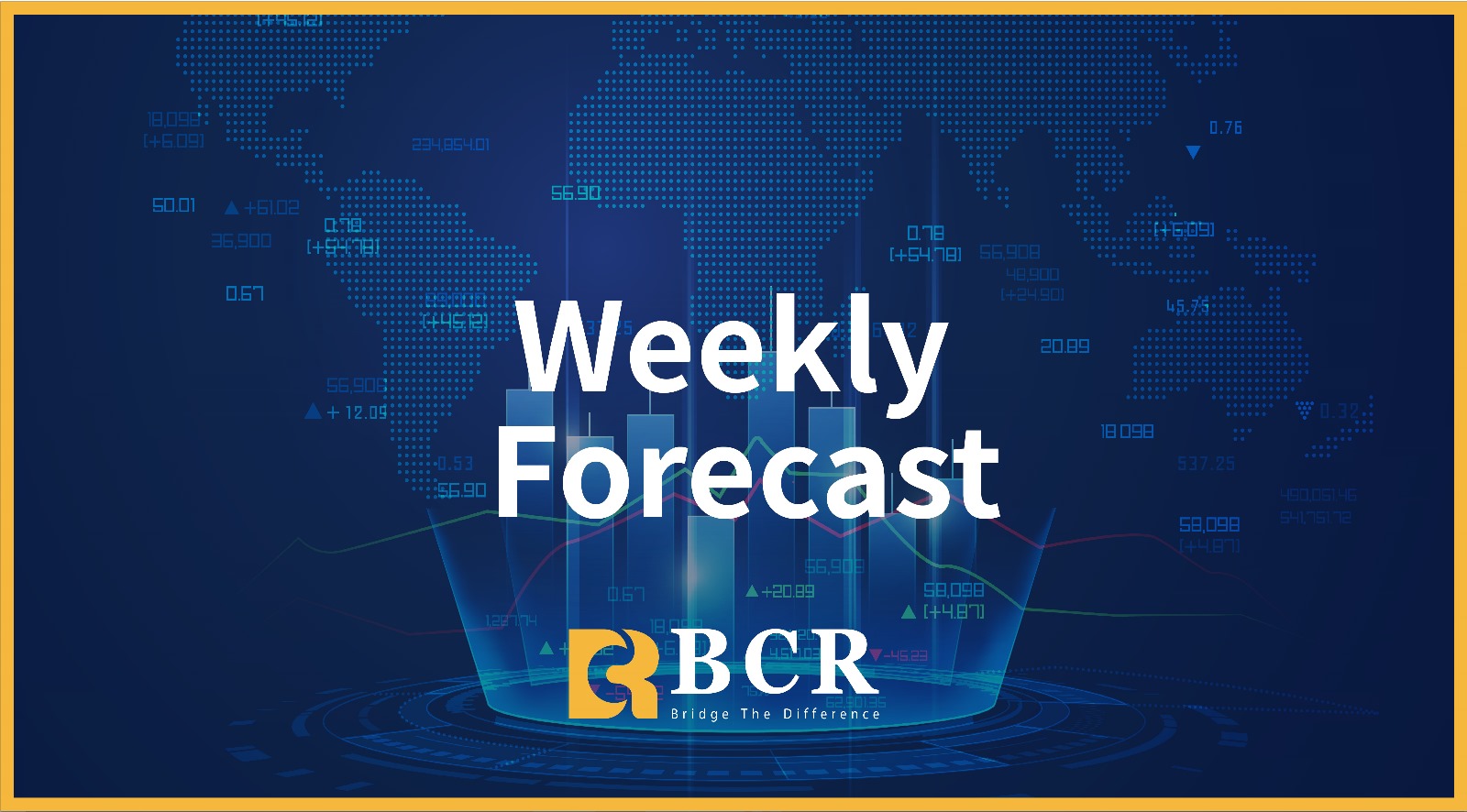
Risk Disclosure:Derivatives are traded over-the-counter on margin, which means they carry a high level of risk and there is a possibility you could lose all of your investment. These products are not suitable for all investors. Please ensure you fully understand the risks and carefully consider your financial situation and trading experience before trading. Seek independent financial advice if necessary before opening an account with BCR.
BCR Co Pty Ltd (Company No. 1975046) is a company incorporated under the laws of the British Virgin Islands, with its registered office at Trident Chambers, Wickham’s Cay 1, Road Town, Tortola, British Virgin Islands, and is licensed and regulated by the British Virgin Islands Financial Services Commission under License No. SIBA/L/19/1122.
Open Bridge Limited (Company No. 16701394) is a company incorporated under the Companies Act 2006 and registered in England and Wales, with its registered address at Kemp House, 160 City Road, London, City Road, London, England, EC1V 2NX. This entity acts solely as a payment processor and does not provide any trading or investment services.